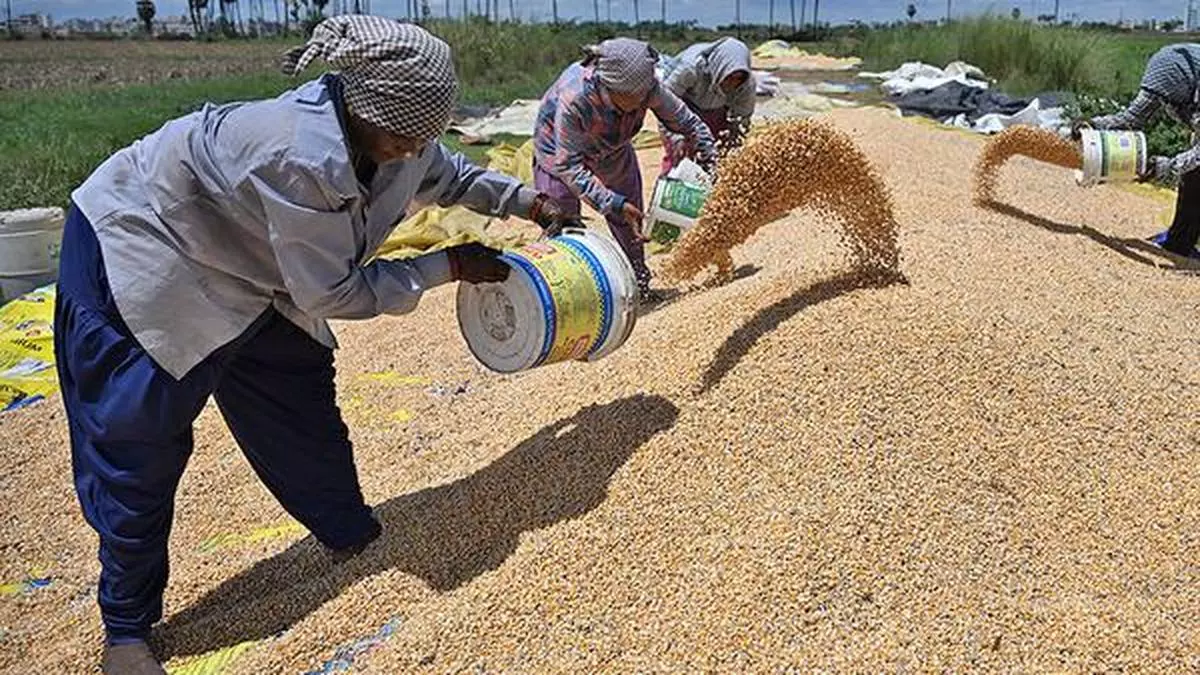Advancing crop yield optimisation through predictive analytics
With the increasing global emphasis on sustainable practices, the agriculture sector, is observing significant changes due to the latest developments in artificial intelligence and machine learning. By managing the environmental effects of conventional agricultural practices with the optimisation of crop yields and resource management, these technologies are revolutionising the way people perceive rural farming.
In addition, predictive analytics, has emerged as a game changer in the agriculture industry. It utilises AI and ML algorithms that can analyse massive volumes of data to produce accurate forecasts regarding crop yield. This allows businesses and farmers to make informed decisions about when to plant, water, and harvest, resulting in greater efficiency and outcomes.
Applications of predictive analysis
Predictive analytics in agriculture is an effective technique to estimate and optimise crop yields using historical data, weather conditions, soil properties, and other pertinent aspects. By employing advanced statistical approaches and machine learning algorithms, it offers numerous benefits, along with applications for agricultural processes. Some of them are as follows:
Forecasting: Predictive analytics in agriculture can help anticipate agricultural yields effectively, by using a combination of historical data and current trends. It maximises production and profitability by analysing patterns and trends from previous yields, weather conditions, and other relevant aspects.
Risk analysis: The use of predictive analytics enables agriculture specialists and farmers to detect and minimise crop-related risks. This means that they can predict crop failures or lower yields caused by bad weather conditions, pests, or diseases by analysing past yield data and weather trends. This acquired information further enables them to create contingency plans, procure crop insurance, and employ risk management methods to reduce financial losses.
Resource management: To boost agricultural yields, this technology can be used effectively to optimise and manage resources, such as water, fertiliser, and labour. Additionally, it can maximise yields while minimising expenses by analysing soil conditions, weather predictions, and crop development models to determine the ideal time and quantity of resources required.
Precision farming: Agricultural practices benefit from predictive analytics, since they provide specific insights into crop health, soil fertility, and water consumption. It even enhances the total productivity and profitability of the produce by analysing sensor and drone data and identifying regions within a field that require targeted interventions, such as more irrigation or fertiliser application.
Market evaluation: With the help of predictive analytics in farming, market trends and opportunities for crop sales can be analysed. Moreover, they can increase revenue and profitability by anticipating agricultural yields and understanding market demand.
Assessing data
Apart from the aforementioned applications, organisations may ensure long-term sustainability by leveraging predictive analytics to assess data on soil erosion, water usage, and carbon emissions. This deployment of predictive analytics has transformed traditional farming techniques, resulting in the emergence of “precision agriculture.” Multiple tools and technologies play an important role in precision agriculture procedures. Here’s a look at some of them:
● Global Positioning System (GPS): identifies location coordinates for accurate mapping and navigation.
● Drones: help in capturing high-resolution video footage and images for land surveys, crop scouting, and issue detection at the prior stage.
● Geographic Information System: combines commutative data from different sources to create visualisations and maps.
● Sensors: measure humidity, temperature, soil moisture, light intensity and other factors.
● Remote sensing: utilises airborne sensors and satellite imagery to capture spectral signatures of soil and crops.
● Yield monitors: tracks moisture and grain flow during harvest for calculating yield estimates.
● Variable rate technology (VRT): adjusts application rates of fertiliser, seeds and other factors based on field variables.
● Data analytics software: analyses real-time and historical data to generate actionable insights.
With the appropriate combination of these technologies, ethical concerns, and community empowerment, the agricultural industry can grow, benefiting not just farmers and agricultural experts but also the global ecosystem. Furthermore, these data-driven solutions not only boost crop yield and efficiency, but also encourage sustainable practices that decrease waste generation and have a minimal effect on the environment.
The author is CEO of Quarks Technosoft Pvt. Ltd
